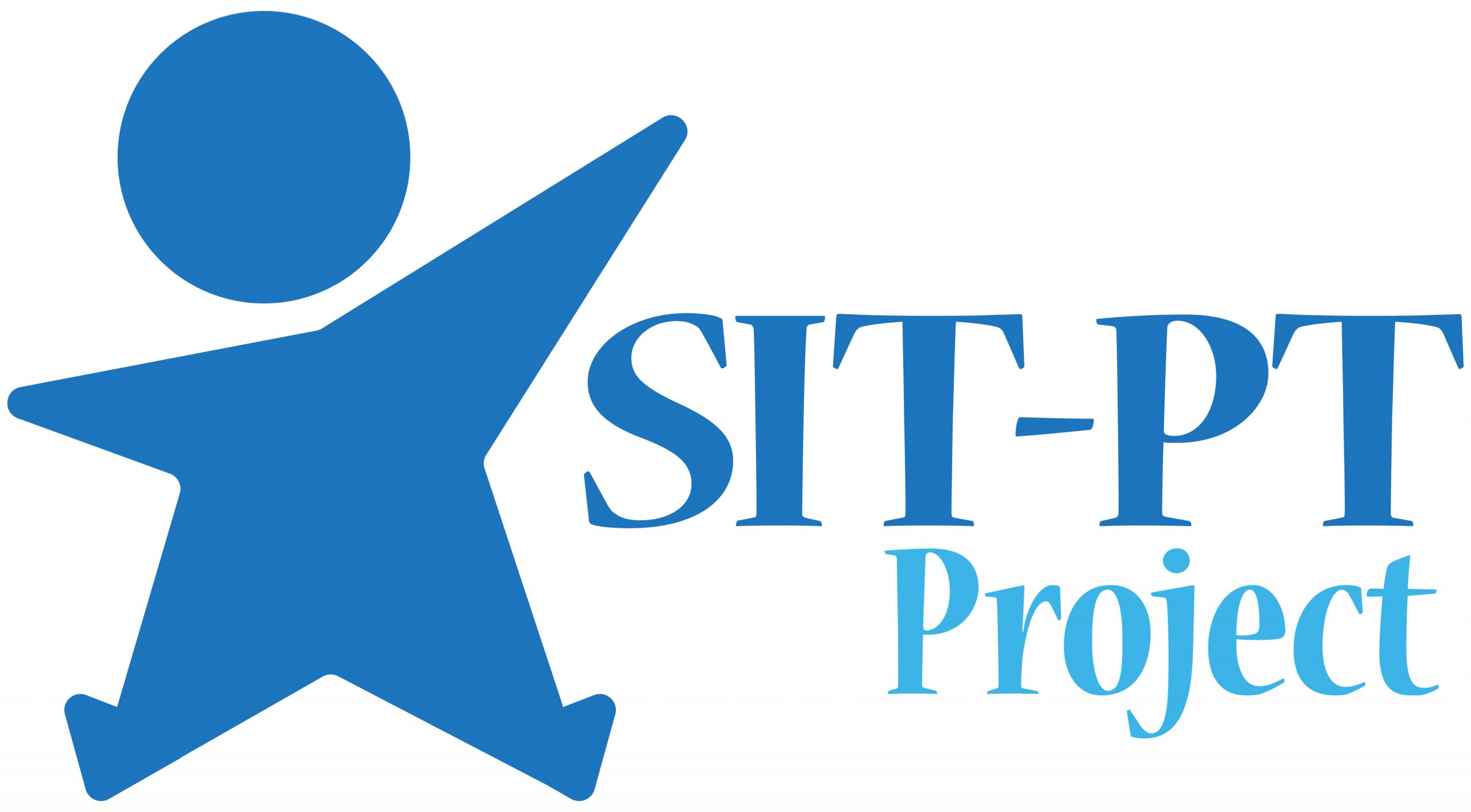What is SIT-PT?
About SIT-PT
SIT-PT is a five-year research project aimed to promote children’s early development and readiness to learn.
The purpose of the SIT-PT study is to compare the effectiveness of two physical therapy interventions — MORE-PT and START-Play — while providing the same amount (dose) of intervention to participants in both groups.
Our research team will assess infants between 8 to 24 months old, with or at high risk of having cerebral palsy, and showing readiness skills for early sitting and reaching. Each infant will be randomized into a group and will receive the START-Play or the MORE-PT intervention for three months, with follow-up extending for 12 months from baseline.
Research Goal
We want to understand how two different interventions compare in improving infants’ motor and cognitive skills.
We will examine:
- The change over time in sitting, gross motor and cognitive development.
- Differences in outcomes between the two intervention groups.
In addition, we will begin to identify predictors of response to developmental motor interventions by evaluating the relationship between intervention outcomes and 1) infant and family characteristics, 2) presence of white matter, cerebellar, basal ganglion, or gray matter injury.
See more study details:
Evaluation of the Efficacy of a Physical Therapy Intervention Targeting Sitting and Reaching for Young Children with Cerebral Palsy (Clinical Trial NCT04230278)
Who’s Involved?
The SIT-PT study is led by early childhood researchers and methodologists from six academic institutions, along with licensed physical therapists who deliver the intervention at sites in different regions of the U.S.
About the Interventions
Our team is comparing the effectiveness of two physical therapy interventions: START-Play and MORE-PT.

START-Play: Sitting Together and Reaching to Play
START-Play is an early intervention that targets sitting, reaching and motor-based problem-solving to promote development and readiness to learn in infants with motor delays or challenges.
Delivery Method
Physical therapists deliver a perceptual-motor program centered on early cognitive constructs. The intervention occurs in infants’ natural environment, with caregiver social support to scaffold infant skills.
Approach
START-Play is grounded in current evidence that suggests motor intervention is most effective when it includes:
- Child-initiated movement
- Task specificity
- Environmental modification
Key Ingredients
START-Play is grounded in current evidence that suggests motor intervention is most effective when it includes:
- Cognitive constructs blended with motor challenges.
- Opportunities for four critical concepts blended with social support:
- Object permanence
- Means-end understanding
- Body/object affordances
- Joint attention
- Parents brainstorm and assist directly with the “just right” challenge of blended motor/cognitive skills.

MORE-PT: Movement, Orientation, Repetition and Exercise
MORE-PT is an early intervention that targets activities that will improve the quality of movement, postural control, strength and flexibility for use in everyday motor skills.
Delivery Method
Physical therapists deliver the intervention focusing on setting up the environment to enhance practice with movement, limit the development of atypical movement strategies, and increase the dose of practice with movement during the session.
Approach
MORE-PT is based on commonly used approaches to enhance movement and postural control during traditional physical therapy; however, at higher doses than are often provided clinically:
- Practice moving or increased movement experience
- Repetition of movements and skills
- Environmental modification to support upright postural control
Key Ingredients
- Promote typical movement patterns and limit atypical movement quality.
- Opportunities for repetition of activities that may enhance movements:
- Postural control
- High dose of practice/repetition of movements
- Flexibility and maintenance of range of motion
- Strengthening
- Parents are encouraged to practice these strategies between sessions. Therapists will brainstorm positioning options, activities and the need for adaptive equipment during sessions.
I’m interested! What’s Next?
Are you interested in being part of the SIT-PT study? Learn more about what’s required for your child to participate.
